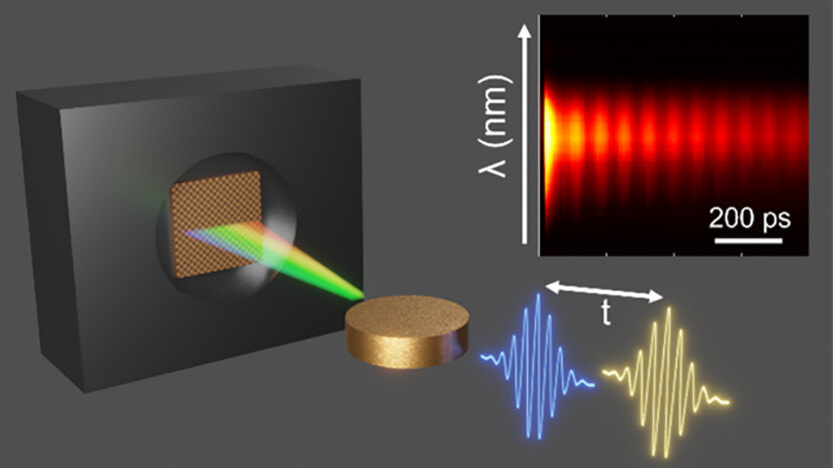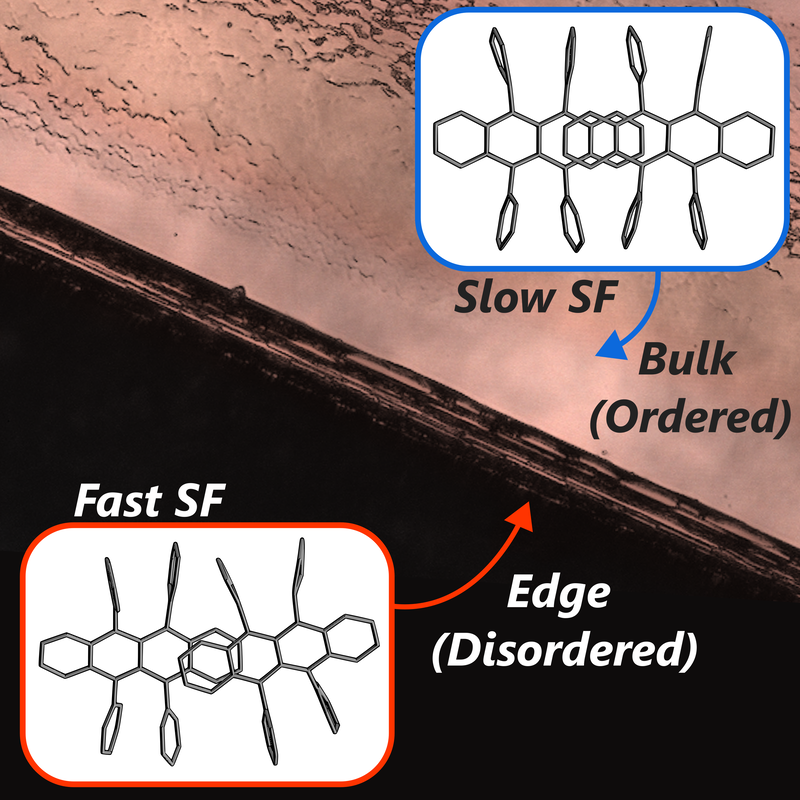Recent News
|
June 2024: Congratulations to Kelly and Tanner! Their new paper describing wide field transient absorption microscopy was just accepted for publication by J. Phys. Chem. C! This paper was made possible by the Center for Adopting Flaws as Features, a NSF CCI.
June 2024: Congratulations are in order for Kelly as he recently accepted a new position at nLIGHT Defense Systems. We'll miss you Kelly, but we wish you all the best as you start this new milestone in your career! May 2024: Congratulations to Danielle! Her new paper with the Rossky and Levine groups examining infrared spectra of ligands bound to PbS quantum dots just appeared online in J. Phys. Chem. C! This paper is a new release from the Center for Adopting Flaws as Features, a NSF CCI. May 2024: Congrats to Kelly! His new collaborative paper with the Landes and Link groups describing the design of a transient absorption setup for imaging single particles was accepted by J. Phys. Chem. C! This paper is the latest release from the Center for Adopting Flaws as Features, a NSF CCI. April 2024: Congratulations are in order for Danielle Cadena who successfully defended her thesis examining photoinduced charge transfer from quantum dots to molecules. Congrats Dr. Cadena! January 2024: Our group's new paper investigating how surface functionalziation can be used to control the structure of perylenediimide thin films has been published in Langmuir! This work was done in collaboration with the Rose group here at UT! January 2024: Congrats to Jussi! His new paper investigating the use of triplet fusion to drive 3D printing was published by ACS Central Science! This work was performed in collaboration with the Page group at UT Austin! You can check out a press release describing the work here. January 2024: Sean is featured as a guest on The Materials Universe, a podcast on materials science put out by the Center For Dynamics and Control of Materials! You can check out Sean's interview here! December 2023: Congrats to Tanner and Kelly! Their manuscript examining how disorder found near the edges of rubrene crystals impacts singlet fission was accepted by J. Phys. Chem. Lett.! This paper came about through collaborative work with the Rossky, Zanni, and Frontiera groups that was made possible though the Center for Adopting Flaws as Features, a NSF CCI! December 2023: Congrats to Seth as our latest paper with the Page group examining the impact of electron donating groups on azaBODIPY photocatalysts has been accepted by Macromolecules! October 2023: We would like to welcome two new graduate students to our group, Toby Lopez and Rosemary Nguyen. Toby and Rosemary will both be working to advance some of our new projects in femtosecond time resolved microscopy. Welcome! |





